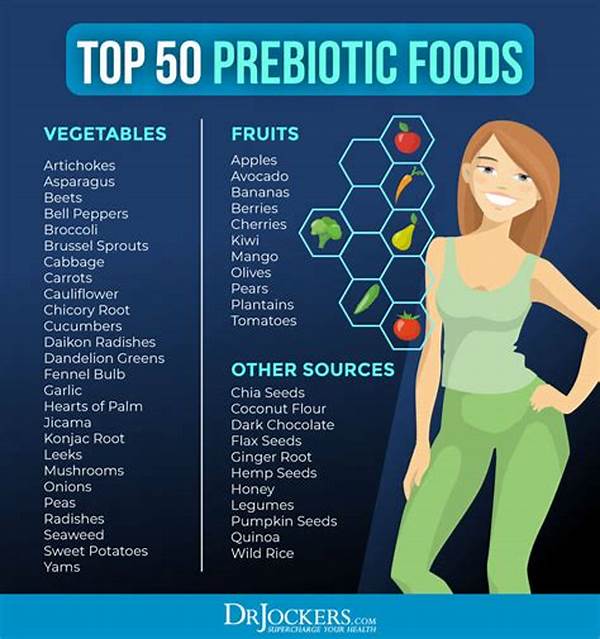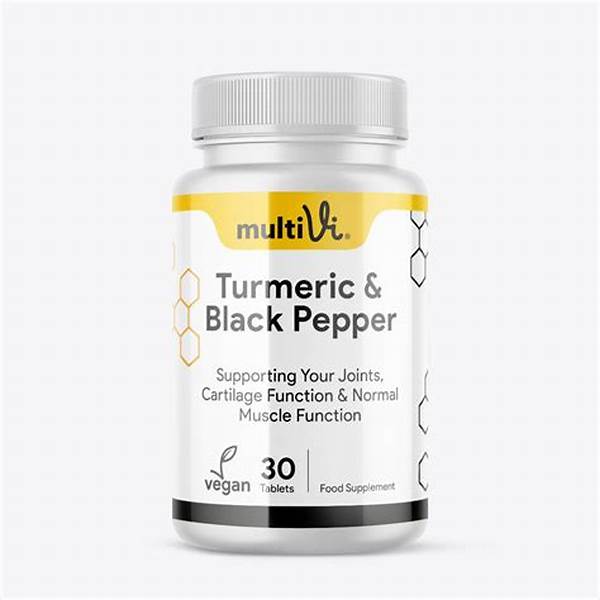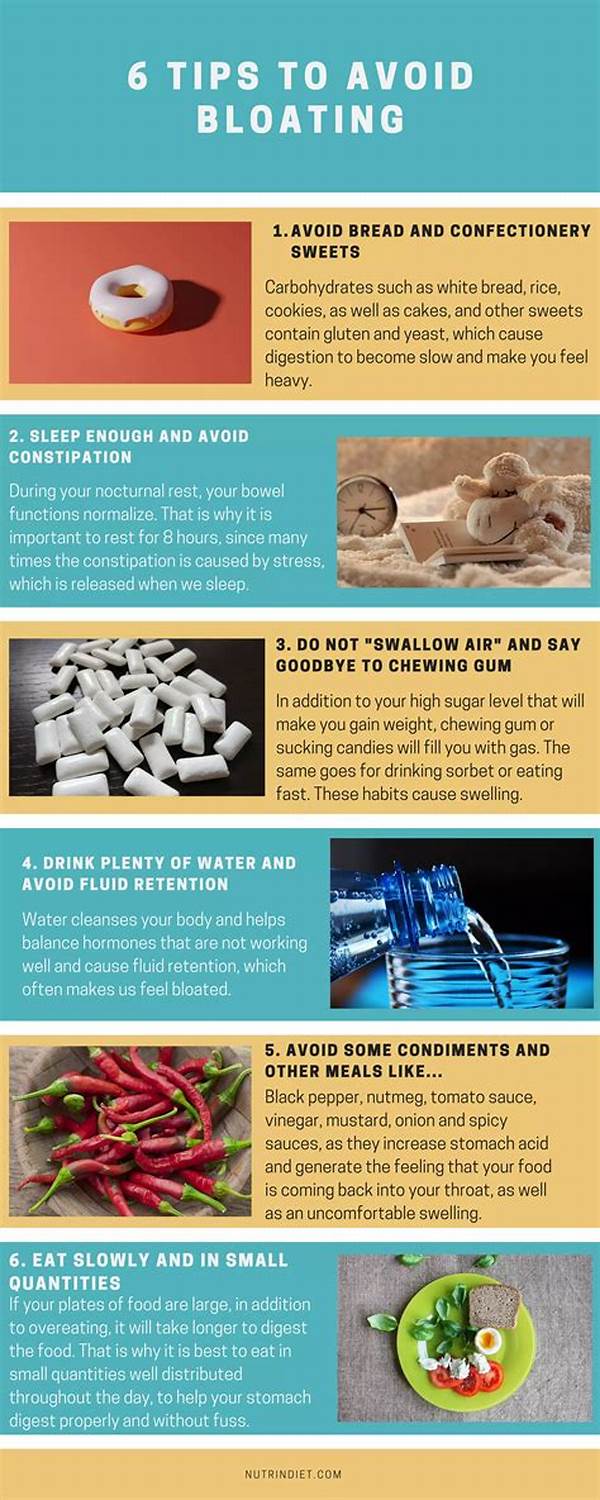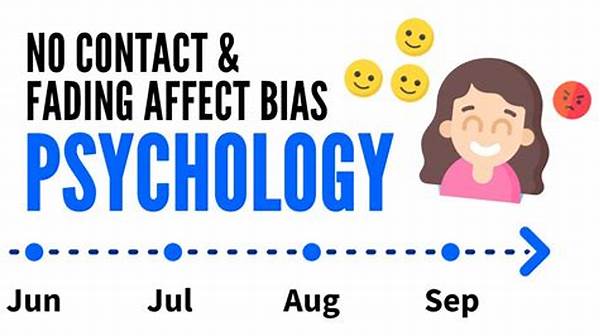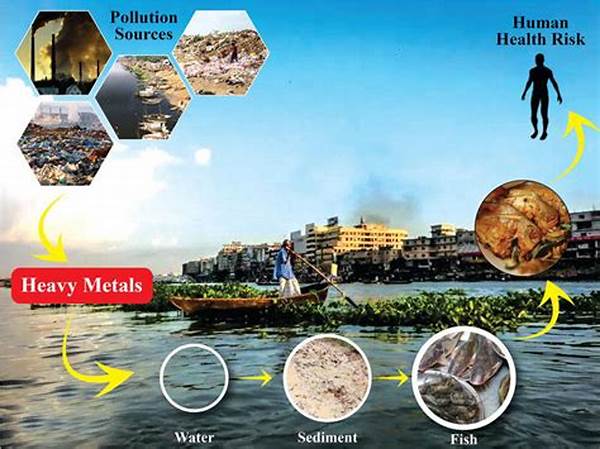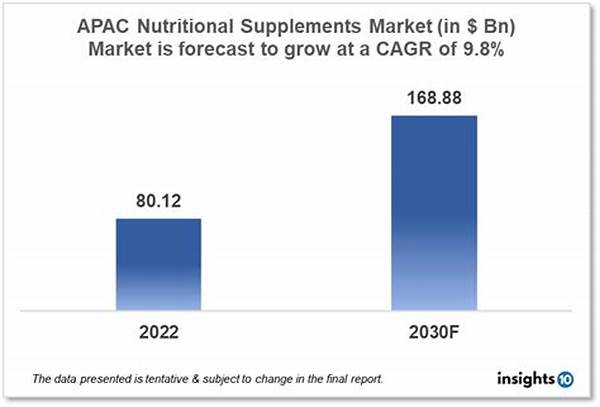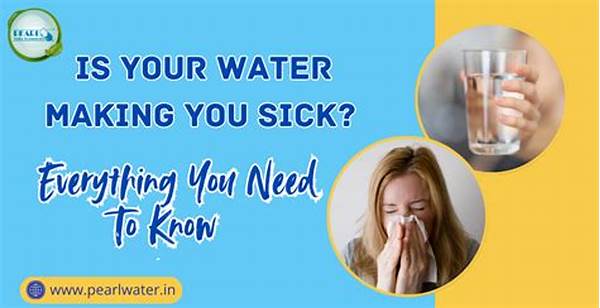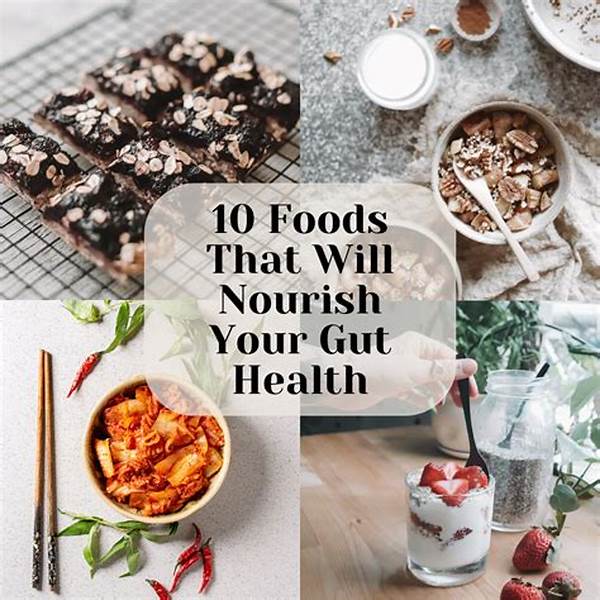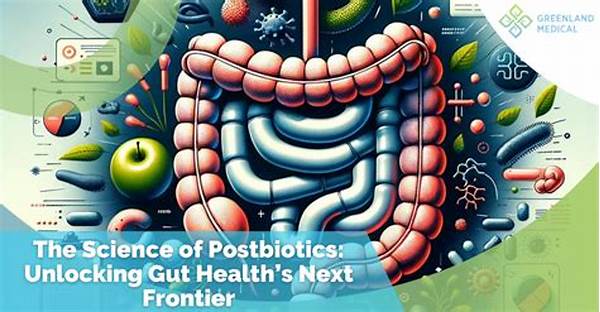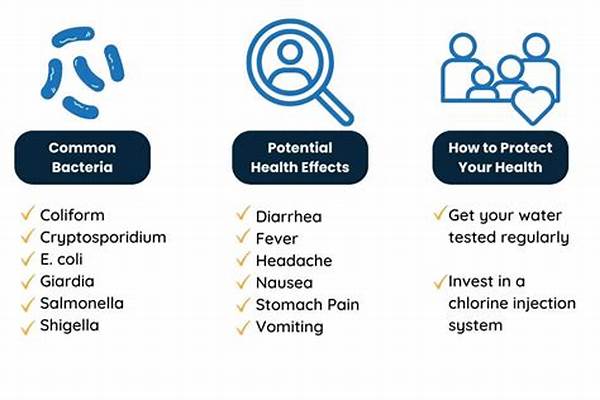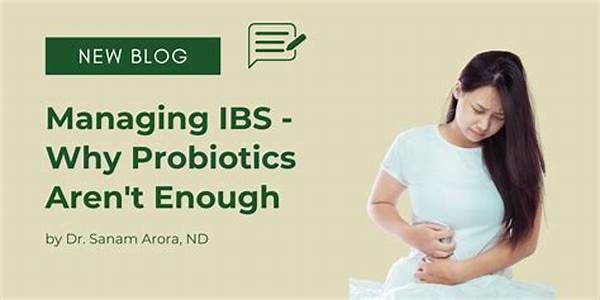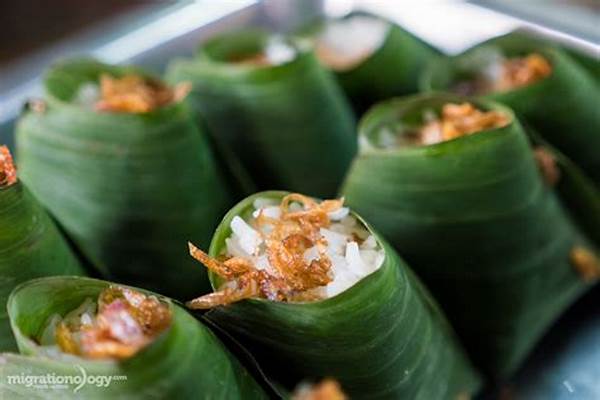- The Clean-Label Movement: Driving Innovation and Growth
- Discussion: Clean-Label Gut Supplements Surge in APAC Markets 2025
- Consumer Behavior and Market Trends
- The Role of Regulatory Bodies
- The Competitive Advantage of Clean-Label Branding
- Top 9 Topics Related to Clean-Label Gut Supplements Surge in APAC Markets 2025
- Clean-Label Supplementary Trends: A Consumer-Driven Revolution
In recent years, the health and wellness sector has witnessed a phenomenal shift towards clean-label products, and nowhere is this more apparent than in the burgeoning market for gut supplements across the Asia Pacific (APAC) region. As consumers become increasingly health-conscious and demand transparency about what they put into their bodies, the preference for clean-label gut supplements is skyrocketing. These products promise myriad benefits, from improved digestion to enhanced immunity, all while maintaining a commitment to natural, minimally processed ingredients. Could clean-label gut supplements be the next big thing in APAC by 2025?
Read More : Regional Gut Microbiome Profiles: Sumatra Vs Java Vs Kalimantan
The trend towards clean-label gut supplements is a response to growing consumer skepticism about the additives and artificial components often found in traditional supplements. With the internet making information more accessible, consumers are keenly aware of the repercussions certain ingredients can have on their health. According to a recent survey, over 60% of APAC consumers expressed a preference for supplements that are free from synthetic additives, highlighting an accelerating demand for clean-label options. Consistent with this trend, brands are racing to innovate and offer solutions that meet these evolving consumer expectations.
In the bustling cities of Tokyo, Seoul, and Sydney, retailers are already showcasing shelves lined with gut health supplements boasting clean, transparent labeling. Products like probiotics, prebiotics, and digestive enzymes are gaining traction, promising better gut health with ingredients that consumers can trust. The prospect of consuming supplements crafted from whole foods and naturally derived ingredients is particularly appealing to a health-savvy crowd conscious of their dietary choices. These developments have created fertile ground for a surge in clean-label gut supplements in the APAC markets by 2025.
As we edge closer to 2025, the potential for clean-label gut supplements seems boundless. Brands are not just selling a product; they are selling peace of mind. By aligning themselves with the clean-label movement, they stand to build consumer trust, driving both brand loyalty and profitability. Moreover, as regulations tighten and technology advances, it will become even easier for companies to offer transparency in labeling. This shift constitutes a powerful marketing angle, with clean-label gut supplements poised to lead a revolution in consumer expectations within the APAC markets. So, are you ready to explore this exciting new frontier in wellness?
The Clean-Label Movement: Driving Innovation and Growth
—
Discussion: Clean-Label Gut Supplements Surge in APAC Markets 2025
The APAC region is witnessing a remarkable shift in consumer preferences, and the clean-label movement is at the forefront of this change. As we delve deeper into the phenomenon, it’s essential to understand what’s driving the surge in demand for clean-label gut supplements.
The consumer of today is a far cry from the uninformed buyer of yesteryears. Armed with research and a desire for holistic wellbeing, they are unwilling to compromise on quality or transparency. The burgeoning interest in clean-label gut supplements is a testament to this shift. With an increased focus on mental and physical health, individuals are seeking products that promise health benefits without hidden risks. This has put pressure on supplement manufacturers to be more transparent about their ingredients, fostering a surge in clean-label offerings specifically tailored to gut health, which are expected to dominate the APAC markets by 2025.
Interestingly, the market dynamics in the APAC region are uniquely suited to this trend. With its diverse cultures, health traditions, and dietary habits, there is a rich tapestry of influences driving consumer behavior. For example, countries like India and China have long-standing traditions of natural healing, which align perfectly with the concept of clean-label supplements. Moreover, as Western health trends penetrate deeper into these markets through globalization, the cross-pollination of ideas has only augmented the demand for cleaner, more natural products.
Consumer Behavior and Market Trends
Survey data indicates that over 70% of consumers in APAC are wary of artificial ingredients in their supplements. This statistic underscores a broader trend: consumers are willing to invest in quality products that assure them of safety and efficacy. This fact has not gone unnoticed by manufacturers, who are increasingly innovating with ingredients that are both effective and clean. With advancements in food technology, products can now be developed using advanced extraction techniques and sustainable sourcing, directly feeding into the clean-label narrative.
The intriguing facet of clean-label supplements is their dual appeal. On one hand, they promise tangible health benefits, making them a staple for health enthusiasts. On the other, they cater to the eco-conscious consumer by advocating for sustainability and ethical sourcing. Brands that manage to strike a balance between these aspects are likely to dominate the market. As 2025 approaches, the stage is set for a clean-label transformation in how gut health is approached by the wellness industry.
The Role of Regulatory Bodies
Regulatory bodies across APAC are also playing a critical role in steering the supplement market towards transparency and authenticity. Initiatives that encourage clearer labeling and stricter compliance for health claims are gaining momentum. This regulatory push is another factor expediting the clean-label movement by holding manufacturers accountable for the safety and transparency of their products. It is a trend set to redefine market standards, making clean-label supplements the norm rather than the exception.
Clean-label gut supplements surge in APAC markets 2025 is more than just a marketing trend; it represents a paradigm shift in consumer expectations and industry standards. As we witness this transformation, it serves as a reminder that the clean-label movement is not just about gut health but a broader commitment to health and sustainability.
The Competitive Advantage of Clean-Label Branding
In conclusion, the clean-label gut supplements surge in APAC markets 2025 presents an incredible opportunity for both established brands and new entrants. Companies that can leverage this trend stand to gain significantly, both in terms of market share and consumer trust. As the industry evolves, the focus will increasingly be on how brands communicate their clean-label credentials and align with the values of their target audience.
—
Top 9 Topics Related to Clean-Label Gut Supplements Surge in APAC Markets 2025
—
Clean-Label Supplementary Trends: A Consumer-Driven Revolution
The clean-label gut supplements surge in APAC markets 2025 signifies a pivotal shift in consumer behavior. For years, the insistence on knowing exactly what goes into our bodies was dismissed as a fleeting trend, yet it is evident that a revolution is underway. The appeal of clean-label supplements lies in their straightforward commitment to purity and transparency, capturing the interest of informed consumers who demand nothing short of excellence.
In the current scenario, it isn’t merely about the absence of unwanted ingredients; it’s also about the presence of beneficial, natural ones. Clean-label gut supplements prioritize healthful ingredients that support digestion and nutrient absorption, presenting an array of solutions tailored to diverse health needs. As a formidable force in the market, these supplements epitomize the future of wellness, painting an optimistic picture of holistic health standards for regions like APAC, which are poised to be the vanguard of this change by 2025.
